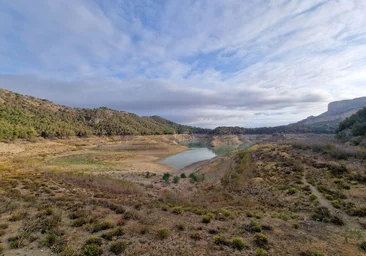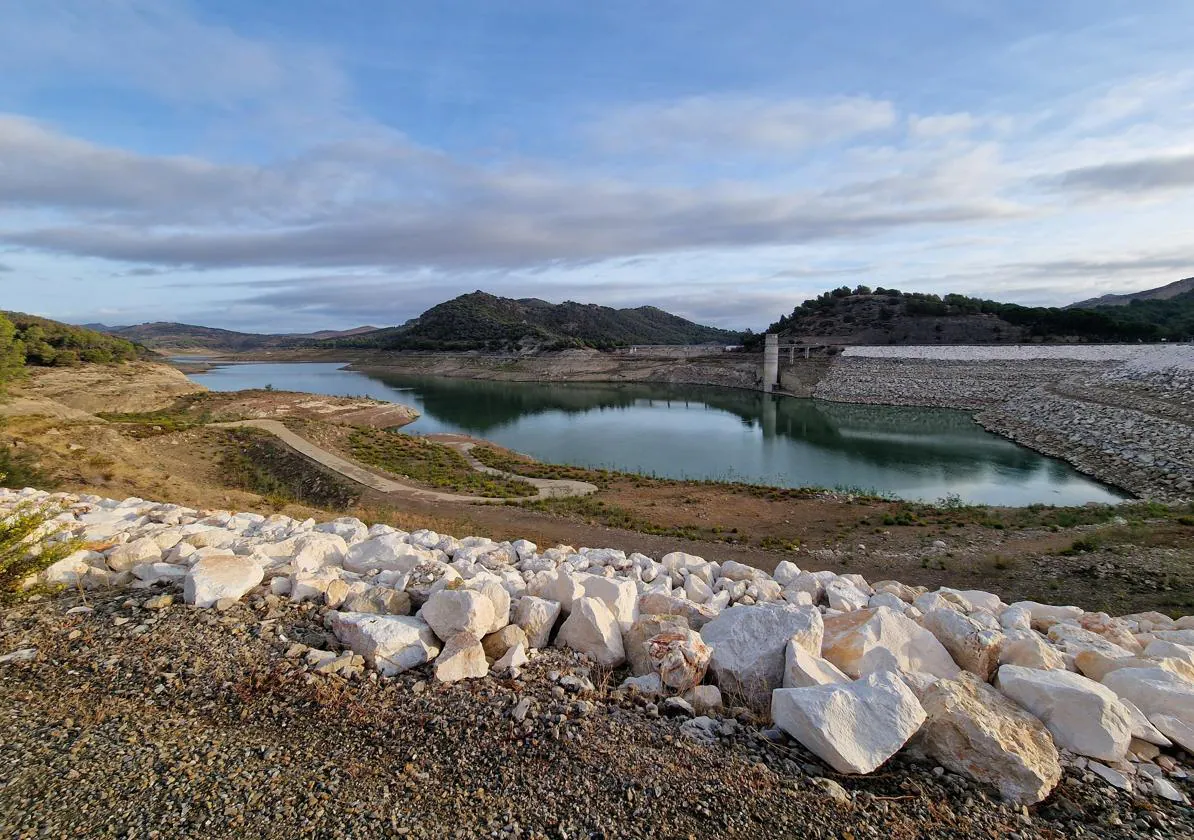Daily water allowance set to be slashed due to emergency drought situation in Malaga province
This is the current state of all the province's reservoirs ahead of the Junta de Andalucía's drought committee meeting tomorrow, to review measures to guarantee supplies
Malaga city, the Guadalhorce valley and Axarquia areas are in an emergency situation due to severe water shortages as the province's drought crisis worsens. The Costa del Sol, whilst a little better, is still on alert and is at a severe shortage level.
To colour-code these alerts, the first three would be red and the second, amber. Residents are being urged to cut-back consumption by 10% as six consecutive years of a lack of rainfall causes havoc on the province's dams. This means no filling of private swimming pools, washing of cars unless it's at an authorised establishment and no watering of private gardens.
The Junta de Andalucía's drought committee for Malaga province is set to meet tomorrow (Thursday 10 October). On the cards is a reduction from 200 litres per inhabitant per day to 180 in the Axarquia, Malaga and Guadalhorce area. And, without official confirmation, from 225 to 200 litres per inhabitant per day on the Costa del Sol.
No transfers to La Viñuela system
Transfers from Malaga to La Viñuela were cut off in May. In the hydrological year that has just closed, there were four cubic hectometres, and current reports show that, given the seriousness of the situation in the city, there is barely enough water for ten months in the reservoirs. There is not yet any proposal for a water transfer from the western Costa del Sol, despite completion of the work to upgrade the Rojas pumping station (Churriana).
In Malaga, the three main reservoirs serving the city barely exceeded 43 cubic hectometres at the start of October. Facing this scenario, it is proposed to continue using the Aljaima and Fahala wells, and to continue expanding the treatment capacity of the El Atabal desalination plant.
Well below the threshold
Malaga city is well below the emergency threshold of 71 cubic hectometres, dropping below it in July. It will be another tough year for Malaga's countryside with, in the past few months, barely 8.9 cubic hectometres was made available for irrigation of crops.
In this last hydrological year, 12 cubic hectometres which evaporated from the Conde, Guadalhorce and Guadalteba reservoirs must be subtracted from totals, as well as a further 10 cubic hectometres of brine in the Atabal. In total, Malaga needs 54 cubic hectometres gross to supply 43 net, which was the last annual consumption. This year, the recommendation will be to lower the total supply to 43 cubic hectometres, which means a considerable decrease.
The experts also propose to draw on the reserves of the backup reservoirs of Casasola and Limonero. However, they only contain 4.5 and 3.5 cubic hectometres respectively.
25% of Aljaima
In the past year, 25% of Malaga city's consumption came from wells and springs (Aljaima weir), but these resources are also clearly determined by rainfall, although they have served to considerably relieve the pressure on the reservoirs. But if the reservoirs receive 21% of the historical average, as was the case, there is still little room for comfort.
La Viñuela and Chíllar
In the Axarquia, the inflows have been low, but better than other years. Even so, the Axarquia reservoir is at 42% of the historical average. Last year more than eight cubic hectometres were supplied to the population from the reservoir and almost three cubic hectometres from the Chíllar. A further four cubic hectometres came from Malaga.
Also in a severe situation, the allocation is 180 litres per inhabitant per day, while last year consumption was 201 litres.
Irrigation with reservoir water is reduced to a minimum. However, the report shows that everything is conditional on the progress of the hydrological year with the drought committee to review the measures in January next year.
Costa del Sol
The Costa del Sol is facing the year in a better situation, with the La Concepción reservoir near Marbella storing four cubic hectometres more than 12 months ago. Helping the situation, will be the gradual start-up of the upgraded desalination plant, which will reach a peak of 20 cubic hectometres per year in December. There is four cubic hectometres more water in La Concepción than 12 months ago.
The reserves of all the reservoirs in the province amount to only 96 cubic hectometres, which is 15% of their total capacity.


